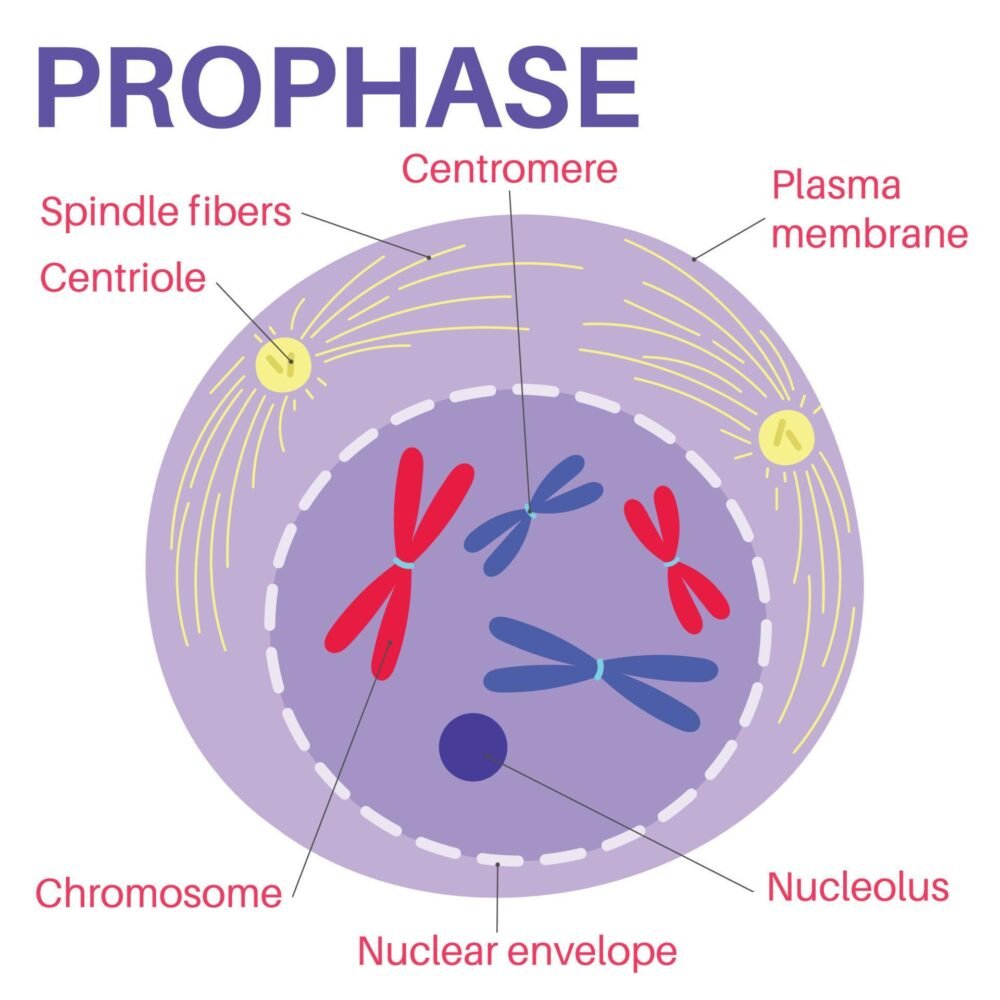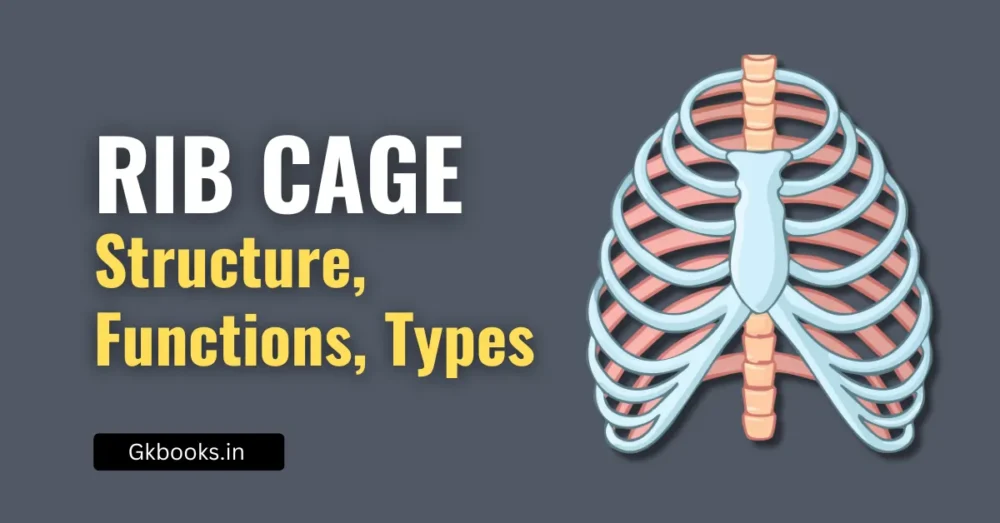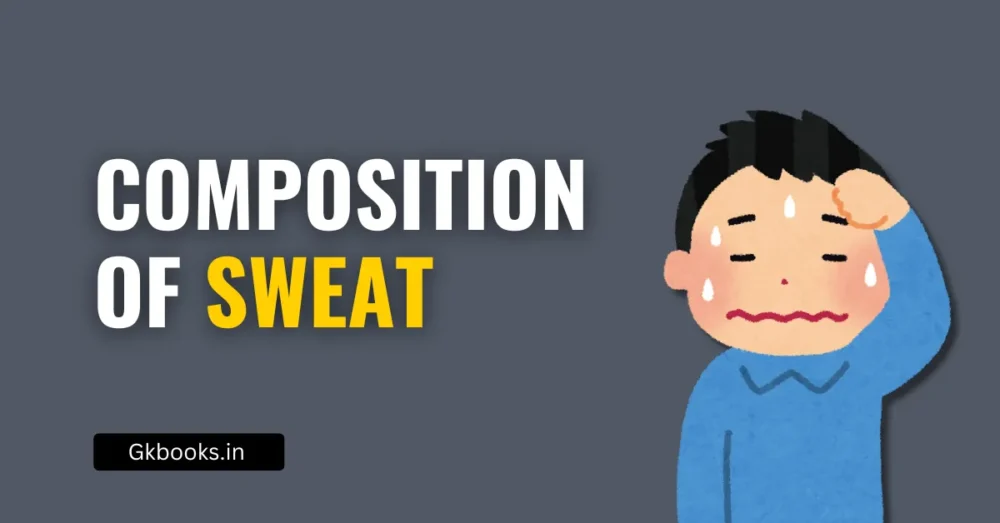Prophase is the first step of mitosis, a process where cells divide to make new cells. In this stage, the cell gets ready to split. It is an important topic in Biology, especially for competitive exams like SSC, Banking, RRB NTPC, UPSC, and other state-level exams.
Learning about prophase helps you understand how living things grow and repair their bodies. In this step, the chromosomes become visible, and the nuclear membrane starts to break down.
This is the beginning of cell division, and it plays a big role in how our body works. Let’s explore what happens in prophase, why it’s important, and how to remember it easily for your exams.
What is Mitosis?
Before learning about Prophase, let’s understand Mitosis.
- Mitosis is a type of cell division.
- It helps a cell divide into two identical daughter cells.
- It is important for growth, repair, and replacing old cells.
🧠 Mitosis happens in four main stages:
👉 Today, we’ll focus on the first stage – Prophase.
Definition of Prophase
Prophase is the first and longest phase of mitosis in which:
- The chromosomes become visible,
- The nuclear envelope breaks down, and
- The spindle fibers begin to form.
It’s like setting the stage before a performance. Everything gets ready for the big event — cell division!
Step-by-Step Events in Prophase
Let’s see what happens inside a cell during Prophase:
| Step | What Happens | Easy Explanation |
|---|---|---|
| 1️⃣ | Chromatin turns into chromosomes | The loose thread-like DNA (called chromatin) coils up into thick chromosomes like packing a rope. |
| 2️⃣ | Chromosomes become visible | Under a microscope, you can see the chromosomes clearly for the first time. |
| 3️⃣ | Each chromosome has two sister chromatids | Each one is made of two identical halves, called sister chromatids, held together at a point called the centromere. |
| 4️⃣ | Nuclear membrane breaks down | The wall around the nucleus disappears so that chromosomes can move freely. |
| 5️⃣ | Spindle fibers form | Tiny threads called spindle fibers start forming. They act like ropes to pull the chromosomes later. |
📝 Key Point: Each chromosome in Prophase is made of two identical sister chromatids joined at a point called the centromere.
What Do Chromosomes Look Like in Prophase?
You can imagine chromosomes in prophase like this:

📌 Sister chromatids: The two identical parts.
📌 Centromere: The point where they are joined.
Why is Prophase Important?
- It prepares the cell for correct chromosome movement.
- Makes sure that each daughter cell gets the right number of chromosomes.
- Without prophase, the division process cannot start properly.
Interesting Facts About Prophase
- The word “Pro” means “before” – Prophase comes before other stages.
- Prophase is the longest stage in mitosis.
- Microscope magic! — Prophase is the first stage where chromosomes are visible under a microscope.
Quick Summary Table – Prophase at a Glance
| Feature | Details |
|---|---|
| Phase of Mitosis | First (1st) |
| Main Change | Chromosomes become visible |
| Chromatin vs Chromosomes | Chromatin condenses into chromosomes |
| Nuclear Envelope | Breaks down |
| Spindle Fibers | Begin to form |
| Centrioles | Move to opposite poles (in animal cells) |
| Shape of Chromosomes | X-shaped, made of sister chromatids joined at a centromere |
Exam Booster Points
Here are some short points to revise quickly for exams:
✅ Prophase is the first stage of mitosis.
✅ Chromatin condenses into visible chromosomes.
✅ Each chromosome has two sister chromatids.
✅ Spindle fibers start to form.
✅ Nuclear envelope breaks down.
✅ Centrioles move to opposite poles (only in animal cells).
Memory Tip (Mnemonic)
🔠 C.S.C.S.N. – Easy trick to remember Prophase events!
C – Chromatin condenses
S – Sister chromatids form
C – Centrioles move
S – Spindle fibers appear
N – Nuclear envelope disappears
Real-Life Example
Think of Prophase like setting up a puppet show:
- The puppets (chromosomes) are taken out of the box and untangled (condensed).
- The curtain (nuclear membrane) is removed so everyone can see.
- The strings (spindle fibers) are attached to start the show!
Key Words to Remember
- Chromatin – Loose DNA strands
- Chromosome – Condensed form of DNA
- Chromatid – Half of a duplicated chromosome
- Centromere – The point where sister chromatids are joined
- Spindle Fibers – Thread-like structures that help move chromosomes
- Nuclear Membrane – Wall around the nucleus
Exam-Oriented Tips
✅ Focus on key terms like chromosomes, spindle fibers, and nuclear membrane – they’re commonly asked.
✅ Use mnemonics and charts for quick revision.
✅ Understand the purpose of each step, not just memorize.
✅ Remember the order of mitosis – Prophase is always first!
Motivational Boost
🌟 Remember, even the smallest cell knows how to divide perfectly!
So you too can divide and conquer tough exam topics like a pro!
Keep learning, stay curious, and believe in your growth – just like a growing cell! 💪
Practice Question (MCQ Style)
Q. What happens during Prophase of mitosis?
A) Chromosomes line up in the middle
B) Chromosomes become visible and nuclear envelope disappears
C) Chromatids are pulled apart
D) Cell divides into two cells
✅ Answer: B) Chromosomes become visible and nuclear envelope disappears
FAQs
Q1. What is the first stage of mitosis?
Q2. What do spindle fibers do during Prophase?
Q3. What is the name of the structure that connects two sister chromatids?
Q4. What happens to the nuclear membrane during Prophase?
Q5. Which form is DNA in before Prophase – chromatin or chromosome?
📝 Answers:
- Prophase
- They help move the chromosomes
- Centromere
- It breaks down
- Chromatin
If you found this topic easy and interesting, don’t forget to revise and share with your friends. Every small topic mastered is a big step toward success! 🌱📖







